

Companies like Neuralink
Meet the leading neurotechnology innovators
November 6, 2025
By: Renee Day
This blog was updated on November 20, 2025.
Neuralink has drawn massive attention for its brain-computer interface (BCI) implants. Backed by prominent investors and valued around $9 billion, Neuralink is one of the leaders of the neurotechnology boom. However, they are not the only player. In fact, there are a host of companies like Neuralink that are developing their own competing BCI technologies.
These neurotechnology companies are aiming to revolutionize human-machine interaction. High-stakes investors looking for the next breakthrough in BCI should be aware of these leading alternatives and the advantages they may hold in carving out a space within this growing industry.
Below, we introduce four notable Neuralink-like ventures, reviewing what they do, whom they aim to help, and how their technology could expand into future applications.
Meta’s Reality Labs – Wristband neural interface for AR, VR, and assistive tech
One contender comes from Meta’s Reality Labs division. Rather than implanting electrodes into the brain, Meta is pursuing an external interface in the form of a high-tech wristband. It works via surface electromyography (sEMG) sensors that pick up the tiny electrical impulses traveling from the brain through nerves in the arm to the hand. In essence, the device reads muscle activity on the way to the fingers and uses AI algorithms to interpret these signals as commands.
Meta’s early demonstrations show that the bracelet allows subtle hand gestures to control virtual UIs on AR glasses or other devices. The company envisions this as the next-generation input for AR/VR, where users can imagine manipulating digital objects or typing in mid-air just by thinking about moving their hands.
Because the system can detect even the slightest neural signals, one could potentially “type” on a virtual keyboard or control a wheelchair using residual nerve activity, even if their physical movement is limited. Meta has reported success in decoding gestures like individual finger motions and even handwriting by training deep learning models on sEMG data from thousands of volunteers.
Looking ahead, Meta’s neural interface could grow into future applications as the technology improves. While experts doubt that these non-implantable bands will fully replace keyboards for heavy productivity, the technology could open up new modes of hands-free computing in everyday life. For investors, the device demonstrates how neurotechnology can pair with electronics, reaching the augmented reality (AR) audience.
Paradromics – High-bandwidth brain implant platform for communication and beyond
Paradromics is a pioneering startup often mentioned in the same breath as Neuralink because of the high bandwidth of their device. Like Neuralink, Paradromics uses implanted microelectrodes in the cortex, but with some distinctions in design. The flagship device, the Connexus Brain-Computer Interface® (BCI), features electrode arrays that can record from individual neurons, and multiple implant modules can be linked together to support recording from over 1,600 microelectrodes.
Recent benchmarking studies of the Connexus BCI show an industry leading information transfer rate above 200 bits per second (bps). This massive data pipeline from the brain is paired with AI decoding algorithms to interpret neural signals in real time. The initial use-case for Paradromics is restoring communication for patients who cannot speak or move, such as people with advanced ALS, brainstem stroke, or spinal cord injuries. Looking toward future applications, Paradromics aims to help people with a range of conditions, including movement disorders, chronic pain, addiction, depression and other mental health conditions.
For investors on the lookout for companies like Neuralink, Paradromics presents a compelling mix of technical rigor and clinical focus. It has a clear initial market (assistive devices for disability) but also the technical depth to expand into broader neurotech therapies. If Neuralink is the flashy front-runner, Paradromics is often seen as the “best-in-class” dark horse. They recently announced record-breaking BCI data rates and approval from the FDA to begin their first clinical study.
OpenAI’s Merge Labs – Non-invasive ultrasound BCI inspired by “The Merge”
Another Neuralink-like venture generating buzz is the new startup called Merge Labs, backed by OpenAI’s CEO Sam Altman. While still in stealth mode (as of late 2025), Merge Labs has already become one of the most valuable BCI startups, with OpenAI’s venture arm leading a planned $250 million funding round at an $850 million valuation. Altman, who co-founded OpenAI and was an early Neuralink investor, is co-founding Merge Labs with Alex Blania, known for the Worldcoin digital identity project. The initiative notably ups the personal rivalry between Altman and Musk, as Altman positions Merge Labs to directly compete with Neuralink.
What sets Merge Labs apart is the focus on ultrasound-based brain interfaces enhanced by gene therapy. The concept involves using targeted ultrasound from outside the skull to read (and possibly stimulate) neural activity deep in the brain. In the near term, the company will likely need to prove its platform in a medical context, similar to Neuralink’s strategy, by helping patients with severe needs. Following gene editing treatments, this technology could be tested with paralyzed patients to control software or with people who have conditions like locked-in syndrome.
However, Altman’s ultimate vision is clearly broader, as indicated by the name “Merge,” which references the Silicon Valley concept of merging human and machine intelligence. This implies a goal beyond treating disease to augmenting human cognition and connectivity for anyone. Of course, significant technical hurdles remain. Merge Labs’ approach relies on breakthroughs in biotechnology (gene therapy) and advanced ultrasound imaging that are still experimental.
Science Corp (Science.xyz) – Restoring vision and beyond with biohybrid devices
Science Corp, known by its web domain Science.xyz, is another startup drawing comparisons to Neuralink, not least because it was co-founded by Neuralink’s former president Max Hodak. After leaving Neuralink in 2021, Hodak launched Science Corp with a mission to restore lost bodily functions (such as sight, cognition, or movement) for people with debilitating conditions.
Science Corp stands out by tackling a specific medical challenge first: blindness due to retinal disease. The company’s flagship project is a retinal implant called PRIMA, aimed at patients blinded by late-stage macular degeneration. Remarkably, Science Corp reports that in pivotal trials the PRIMA implant allowed over 80% of treated patients to regain significant visual acuity, making it the first technology to restore functional vision for those who had lost their central sight.
Science brings a unique perspective to neurotechnology with the pursuit of a biohybrid interface, where living neurons are integrated with electronics instead of the use of rigid wires or silicon alone. Biohybrid technology is still in early development, but it holds one of many potential opportunities to restore functions lost to injuries or neurodegenerative diseases for some patient groups.
Conclusion: A growing landscape of neurotechnology leaders
In the race to build the future of neural interfaces, Neuralink is no longer alone. This article highlights four neurotechnology companies that each take a different approach to connecting minds and machines.
Each of these companies are at the forefront of neurotechnology innovation, yet they differ in the types of interfaces they champion, from external wearables to cutting-edge implants, from electronic hardware to bioengineered solutions. This diversity means multiple potential pathways to success in the neural interface space.
In the coming years, we can expect these neurotech leaders to achieve new milestones: clinical trials that demonstrate real patient benefits, regulatory approvals for commercial devices, and early revenue in areas like assistive communication or sensory prosthetics. As that happens, companies pushing the boundaries of neural interfaces could redefine how we interact with machines, treat neurological conditions, and even how we define human potential. High-stakes investors would do well to keep a close eye on this space. After all, the race to empower minds with machines is just beginning, and the winners could unlock unprecedented value and impact on society.
.svg)